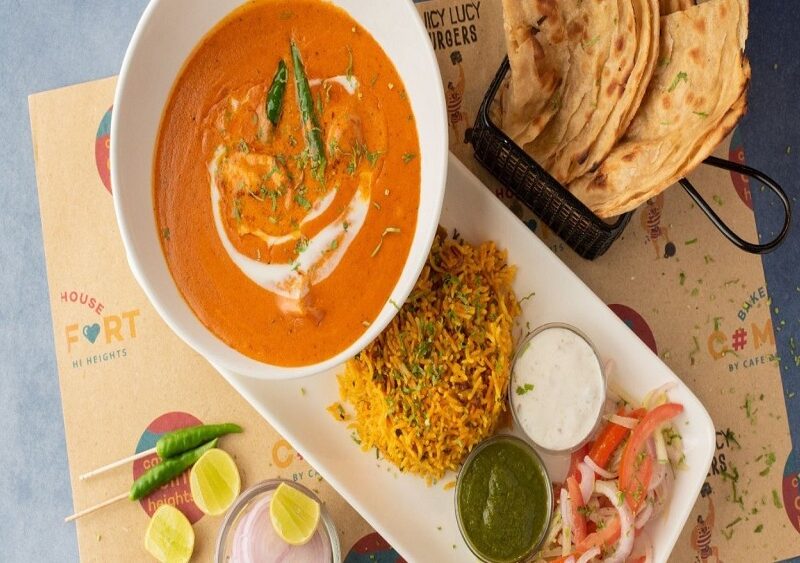The market is growing, the food delivery sector has enormous potential. The 5-year forecast This implies revenues of $182 billion by the end of 2024. Asia-Pacific and North America forecast the strongest growth.
Platform-to-consumer delivery is currently the largest segment of the online food delivery industry. Its market volume in terms of revenue is expected to be US$70 billion in 2020 and US$96 billion by 2024, with an expected annual growth rate
In fact, ordering food online has become the new fad as people are worried about leaving their homes to go to a restaurant. So, as more and more people order their food online, online food delivery startups will grow. If you are considering starting your own food delivery business, now is the best time and opportunity for you.
Overview
Reading about starting and running a business is different from the real thing. Nevertheless, you need a framework to use to understand the challenges you face. Here is the framework we will use to guide you through the maze of activities.
Contents
If you want to start a small home food delivery business, you must first define your niche market. Research your target market, the locality you want to deliver meals to, the food preferences of your niche market, etc.
Here is an example of how to choose your niche market:
If there is a university or college nearby, you can target students. In this case, you can focus on delivering light and heavy snacks.
If there is an office building nearby, its employees may be your target market. In this case, you can offer healthy meals or snacks for lunch. You can take inspiration from SnackNation, which offers thoughtful lunch boxes for employees (remote or onsite), individuals or families.
If your niche market is residents of an apartment building, you need to research their meal needs; for example, check if they have children at home. Then, design your meals or snacks based on their preferences and needs.
Once you’ve determined your target market, choose a catchy name for your meal delivery business that will appeal to your potential customers. Then, carefully select your menu and meals based on the needs of your target audience. Once meals are personalized, you need to constantly track meal delivery orders so that your customers are always happy and satisfied with what they buy.
Want to see for yourself how Route4Me can increase your profits?
Whether you want to reduce the time it takes you to plan your drivers’ routes, increase the number of stops they can make, or keep your customers happy knowing your drivers show up on time… Route4Me helps you achieve it!
Fully integrated model
Each model has its own advantages and challenges. We take a closer look at the three business models so you know the pitfalls to avoid before starting your food delivery business.
You can generate revenue from an “Order Only” business model by charging a 7-15% commission to restaurants listed on your app.
As the owner of the mobile app or online platform, you don’t have to face any issues regarding food delivery. Revenue is generated from the commissions you receive for each order designated restaurants receive through your app.
Attracting restaurants and getting them to sign up to your app or online platform can be a challenge at first. To overcome this challenge, you can research the exact restaurant needs of your platform.
To ensure the success of your order-only business model, you need to work harder on marketing your online food ordering and delivery platform.
Since you are not involved in order management, the success of this business model depends on the services that registered restaurants provide to customers.
Model #2: The “order and deliver food” model.
In the Food Ordering and Delivery model, your business manages the three components of the business: restaurants, customers, and delivery. Ordering and delivery is handled by your company, while restaurants only need to register on your online platform or app and prepare the food.
Challenges
The biggest challenge with the Order and Delivery model is that your food delivery logistics must be able to deliver orders on time. If your application indicates a delivery time, try to respect it. This will improve your grades and contribute to the success of your business.
Another challenge of this business model is that you have to manage all the resources. To be successful, you need to provide proper training to your delivery people so that customers better assess your application.
This model is most applicable to start-ups that are planning to get into meal delivery. This model involves the following elements:
Everything in your meal delivery startup or fully integrated model is managed by your company. For the user experience, you don’t need to rely on a third party. n no time, you’ll start earning big bucks and your business will grow.
Operational costs are high with the fully integrated business model. Those trying to cook their own food usually have to shut down. You can save your meal delivery startup by trying to make multiple deliveries at once and improving the user experience



